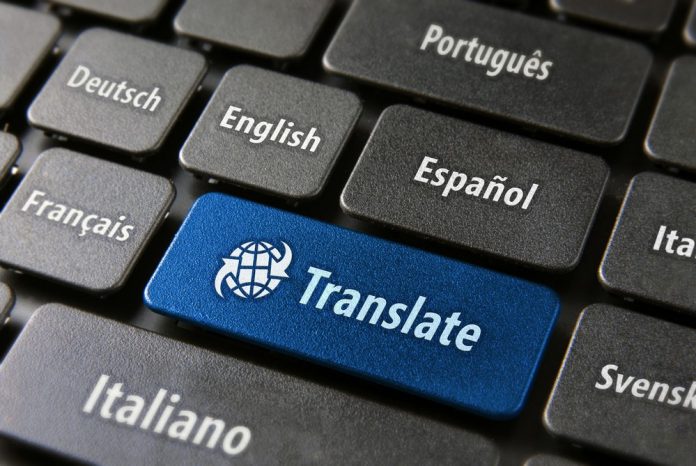If your business is involved in any type of content creation and looking to market a product to a foreign audience, engaging that new audience depends on translating that content effectively. However, this process can be fraught with difficulty.
Not only do you have to contend with translation from one language to another, you also have to bear your audience’s cultural norms in mind. For instance, what works when talking to an audience in the UK may not work when talking to an audience in other English speaking countries. Likewise, what works for a metropolitan French audience might not work for a Canadian French speaker.
This is a challenge for businesses and content creators alike, but you shouldn’t be deterred. 56.2% of consumers say the ability to obtain information in their own language is more important than price. Clearly, translated content can be hugely beneficial, but your business must know how to adapt to the needs of different audiences from different cultures.
Don’t rely on machine translation
A report titled Can’t Read, Won’t Buy: Why Language Matters, found that consumers were significantly more likely to buy a product if they had pre-purchase information available in their own language. The good news is that is well worth the hassle. By translating content you will reach a wider audience, and in turn, develop stronger relationships with these new audiences.
Talking to people in their language, and on their level, shows that your business cares, allowing you to build a rapport with your target audience. But translating your content from one language to another can be fraught with potential pitfalls and pratfalls for big and small businesses alike. Big businesses can fall short due to hubris or poor research. Small businesses, put off by the cost of professional translation and proofreading services, go for the cheaper option of having a machine translation, which is often a disastrous move.
That’s because online translation tools are not yet developed enough to understand the subtlety and intricacies of language. Your business is talking, and ultimately selling or working with, people. Conversation is a complex and, above all, human process. Writing for The Huffington Post, Nataly Kelly argues that “Perhaps when machines are the ones doing the buying, they’ll be less picky about language. For now, humans are still the ones opening their wallets, and humans are a strange bunch, with very real and emotional reactions to language.”
Why editing and proofreading content is so important
The main objective of having an editor and a proofreader is to improve the translation so that it reads as if it was written in the target language. There is often confusion over the different role an editor and a proofreader play when translating content. This is tackled by Proz.com in a blog on the subject.
They state that whilst an editor prioritises terminology, proofreaders will perform final checks that the content is accurate, suitable and makes sense. Sometimes businesses can call editing proofreading and vice versa, however when it comes to translated content, distinguishing the two is important.
Global Voices, who offer translation and proofreading services, state that proofreaders offer an important “second professional opinion and cultural consultation” before giving the translator the final approval. Proofreading isn’t just about checking for grammatical errors, it also helps ensure that the text reads in a way that the target audience can relate to, and that you will avoid any accidental cultural insensitivity.
Why localisation is vital when marketing to foreign audiences
Often when translating or working in another language, businesses assume that they simply need to translate the text from English into the language in question. However, this is a risky assumption to make.
For instance, the audience in two different Spanish-speaking countries can be very different. There is no greater example of marketing gone awry than Braniff Airlines 1987 “Fly in Leather” campaign. The slogan, designed to show of the airlines new leather seats, worked well with a Spanish translation, ‘Vuela en Cuero, in most of Latin America. However, in Mexico vuela en cuero was generally understood to mean “Fly naked.”
Not only does the localisation of content mean that you avoid any embarrassing situations, it can also have positive effects for your brand. Doing this will help you be competitive in the local economy you are wishing to expand into, and build brand loyalty. That’s why professional localisation services are so important for businesses; not only will you be able to talk to more consumers than previously possible, there’s also a greater chance that they will listen to your message.
Find a Home-Based Business to Start-Up >>> Hundreds of Business Listings.

















































